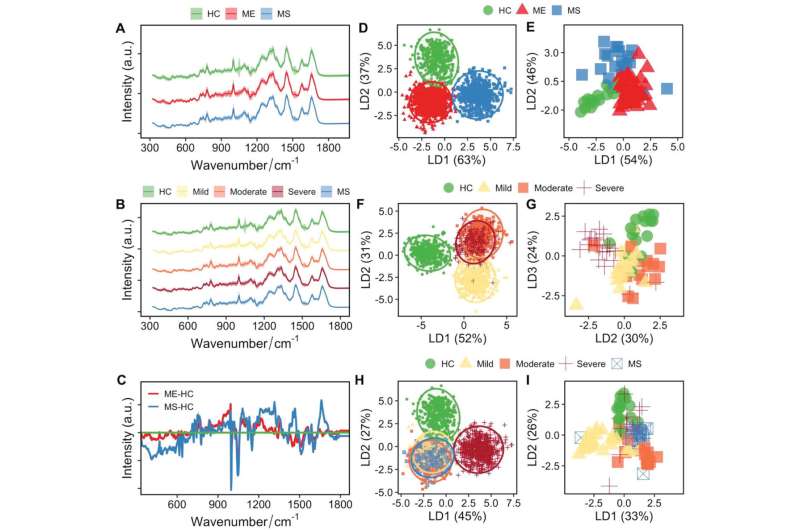Blood
Blood test for chronic fatigue syndrome found to be 91% accurate
An international team of medical researchers has announced the development of a blood test for chronic fatigue syndrome. The test is reportedly 91% accurate. In their paper published in the journal Advanced Science, the group describes their test, how it works and how well it has fared during initial testing.
Myalgic encephalomyelitis also known as chronic fatigue syndrome, (ME/CFS), is a medical condition in which a person feels abnormally fatigued. Because it is difficult to diagnose, some in the medical community are skeptical that it is a real illness. Over the past decade, more of the medical community has acknowledged it as a real condition and has recognized that it can be debilitating. Still, diagnosis is difficult and can be a lengthy process. In this new effort, the research team developed what appears to be simple test for the condition.
Believing that the root cause of ME/CFS is likely a problem with energy function in cells, the researchers looked for a way to test such a function using existing tools. They narrowed their testing to peripheral blood mononuclear cells, which are cells that have a round nucleus—such as T cells, monocytes and lymphocytes.
Prior research has suggested that these cells may play a role in ME/CFS. But because there is no test of such cells that can be used to measure energy function, the team turned to a tool not normally used in medical testing labs—Raman spectroscopy, which is normally used by chemists to identify molecular fingerprints. It works by comparing vibrational modes of molecules.
Thinking that there might be a difference in vibrations of single cells between people who have ME/CFS and those who do not, the team tested blood samples from 61 patients with the disorder and 16 without. They found a clear difference. Inspired by their results, they built an AI app for processing the results in large numbers of people and then tested their system on 2,000 cells from 98 patients. They found the system to be 91% accurate. The team plans to continue their work by testing larger samples but feel confident that they have at last found a test for ME/CFS.
More information:
Jiabao Xu et al, Developing a Blood Cell‐Based Diagnostic Test for Myalgic Encephalomyelitis/Chronic Fatigue Syndrome Using Peripheral Blood Mononuclear Cells, Advanced Science (2023). DOI: 10.1002/advs.202302146
© 2023 Science X Network
Citation:
Blood test for chronic fatigue syndrome found to be 91% accurate (2023, September 11)
retrieved 11 September 2023
from https://medicalxpress.com/news/2023-09-blood-chronic-fatigue-syndrome-accurate.html
This document is subject to copyright. Apart from any fair dealing for the purpose of private study or research, no
part may be reproduced without the written permission. The content is provided for information purposes only.

